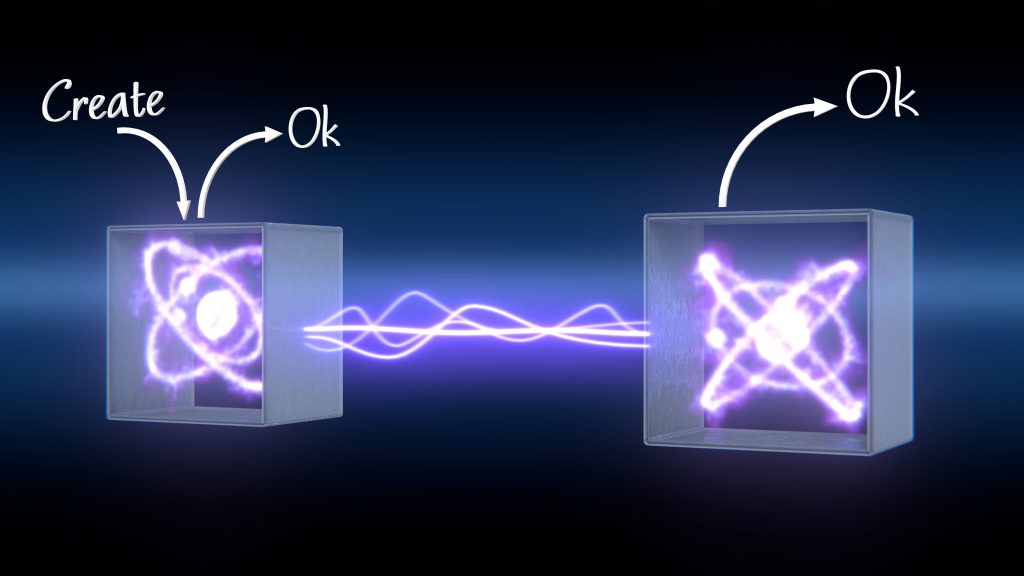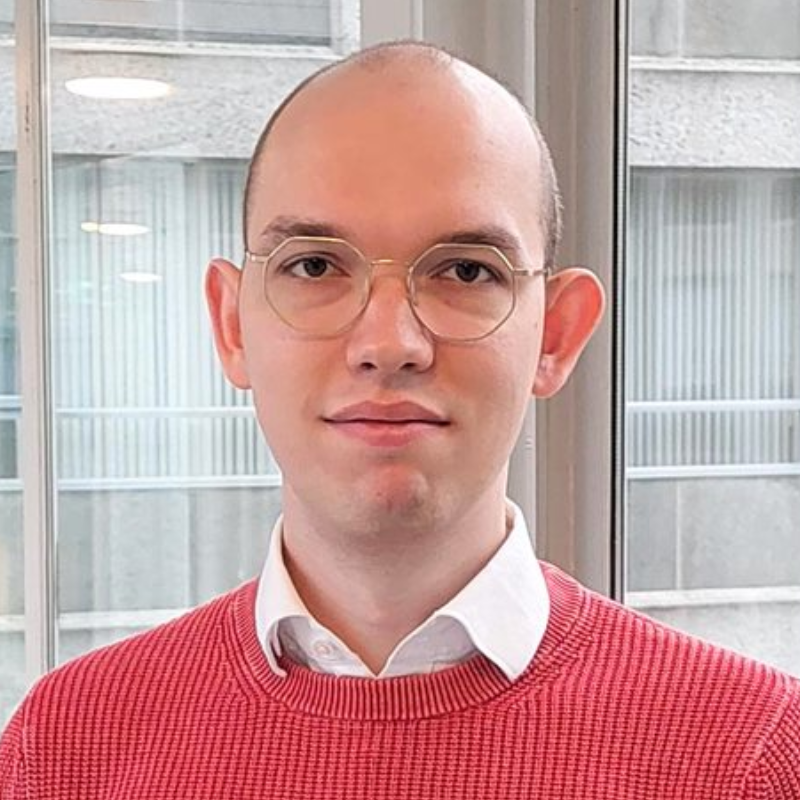World’s first link layer protocol brings quantum internet closer to a reality
World’s first link layer protocol brings quantum internet closer to a reality
Researchers from QuTech have
achieved a world’s first in quantum internet technology. A team led
by Professor Stephanie Wehner has developed a so-called link layer
protocol that brings the phenomenon of ‘quantum entanglement’
from a physics experiment towards a real world quantum network. This
brings closer the day when quantum internet can
become a reality, delivering applications that are impossible to
achieve using a ‘classical’ internet.
The work was presented today at ACM SIGCOMM.
Robust data transmission
In classical computing, a collection of software layers referred to
as the ‘network stack’ allows computers to communicate with each
other. Underlying the network stack are communication protocols, such
as the Internet Protocol or the HTTP protocol. Stephanie Wehner
explained that one essential protocol used by a network is the ‘link
layer’ protocol, which overcomes the problems caused by imperfect
hardware: “All of us use classical link layer protocols
in everyday life. One example is Wi-Fi, which allows an unreliable
radio signal – suffering from interruptions and interference – to
be used to transmit data reliably between compatible devices.”
A
quantum network, based on transmission of quantum bits or ‘qubits’,
requires the same level of reliability. Stephanie Wehner: “In our
work, we have proposed a quantum network stack, and have constructed
the world’s first link layer protocol for a quantum network.”
Demanding
physics
It
turns out that existing classical protocols cannot help in the
quantum world. One challenge is presented by differences between the
technologies used. Stephanie Wehner: “Currently, qubits cannot be
kept in memory for very long. This means control decisions on what to
do with them need to be taken very quickly. By creating this link
layer protocol, we have overcome obstacles presented by some very
demanding physics.”
There
are also some fundamental differences between a future quantum
internet and the internet that we see today. Stephanie Wehner said
that two quantum bits can be ‘entangled’: “Such entanglement is
like a connection. This is very different to the situation for
classical link layer protocols where we typically just send signals.
In that case, there is no sense of connection built in at a
fundamental level.”
Quantum
internet
The
phenomenon of entanglement forms the basis of a quantum internet.
When two fundamental particles are entangled, they are connected with
each other in such a way that nothing else can have any share of this
connection. Researcher Axel Dahlberg said that this enables a whole
new range of applications “Security is one important application.
It is physically impossible to eavesdrop on an entangled network
connection between two users. To give another example, the technology
also allows improved clock synchronization, or it can join up
astronomical telescopes that are a long way apart, so they act as a
huge single telescope.”
Researcher
Matthew Skrzypczyk said that an important feature of the proposed
quantum network stack and the link layer protocol is that it any
future software written using the protocol will be compatible with
many quantum hardware platforms. “Someone who makes use of our link
layer protocol no longer needs to know what the underlying quantum
hardware is. In our paper, we study the protocol’s performance on
Nitrogen-Vacancy centers in diamond, which are essentially small
quantum computers. However, our protocol can also be implemented on
Ion Traps, for example. This also means our link layer protocol can
be used in the future on many different types of quantum hardware.”
Building
a quantum network system
Stephanie
Wehner said that the next step will be to test and demonstrate a new
network layer protocol using the link layer protocol: “Our link
layer protocol allows us to reliably generate entanglement between
two network nodes connected by a direct physical link, such as a
telecom fiber. The next step is to produce entanglement between
network nodes which are not connected directly by a fiber, using the
help of an intermediary node. In order to realize large scale quantum
networks, it is important to go beyond a physics experiment, and move
towards building a quantum network system. This is one of the
objectives EU-funded Quantum Internet Alliance (QIA).”

Using
the link layer protocol, higher-layer software can request the
creation of entanglement without needing to know which quantum
hardware system is in the box.
The image is free to use, image
credit QuTech/Scixel.
Publication
A
Link Layer Protocol for Quantum Networks, by Axel Dahlberg et
al.,
Free preprint: https://arxiv.org/abs/1903.09778.
Contact
Stephanie
Wehner, S.D.C.Wehner@tudelft.nl. Please contact the QuTech
secretariat at +31 15 27 86 133 for scheduling calls.
